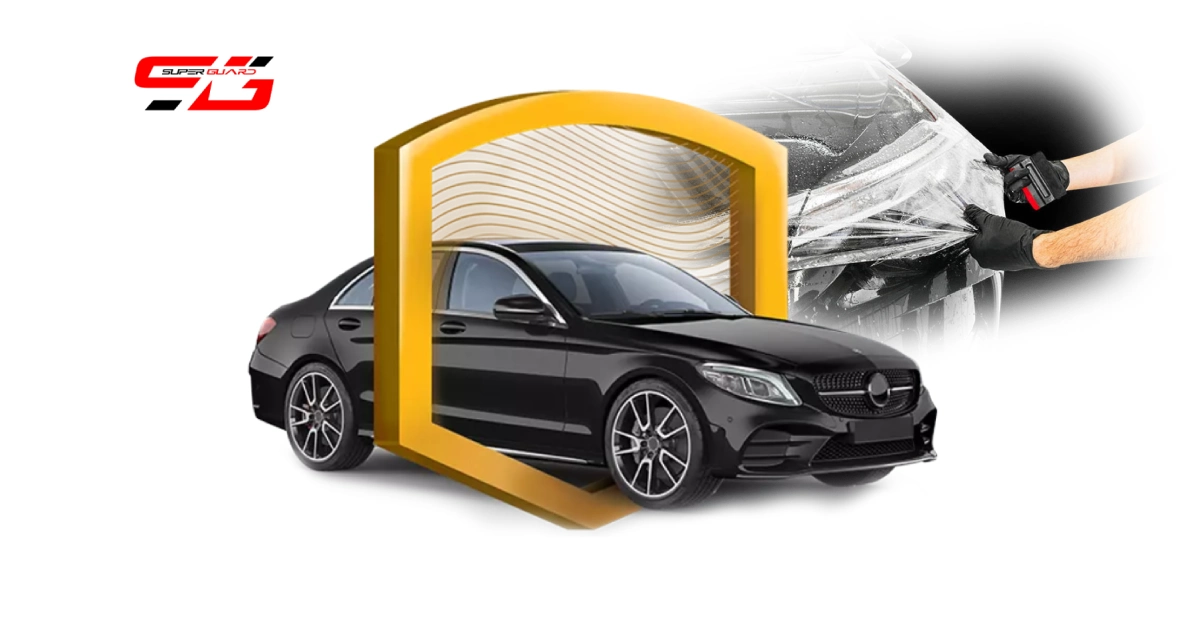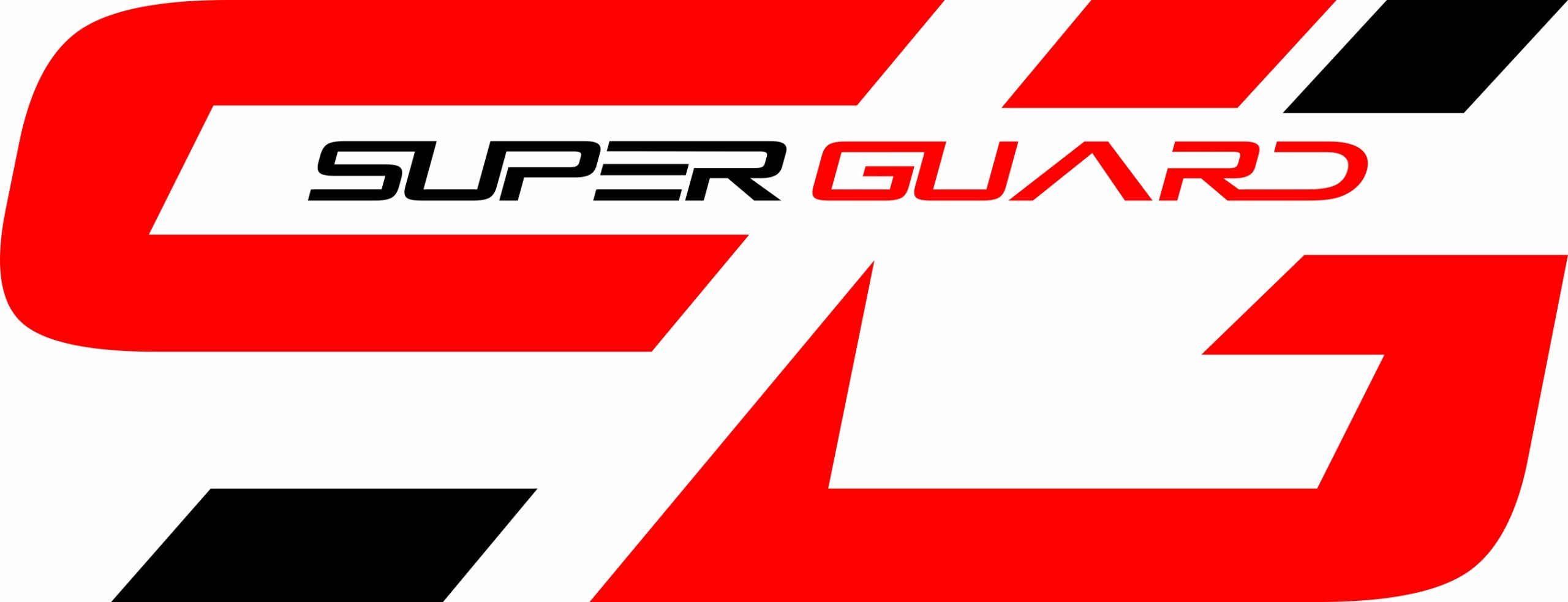Blog

HOW PAINT PROTECTION FILM IS A
GOOD AND LONG-TERM
INVESTMENT FOR A CAR
If you’re the kind of person who wants their car to be spotless, have shiny paint, and who wants to retain the value as high as possible. However, in a country like India, it could be challenging to maintain your car in top condition once it leaves the dealership.
You might see small color changes over time. you love your cars and also want your car to be free of scratches that it picks up from stone chips when you drive it for a long distance. So what can be done to resolve the problem? The answer to your problem is paint protection film (PPF). To learn more about paint protection film (PPF) and how it may be a wonderful long-term investment for your car continue reading this blog.
What Is Paint Protection Film for Cars?
It is very obvious from the name alone that a car PPF will safeguard the paint and body of your vehicle. However, it goes beyond merely protecting the paint and body of your car; instead, it covers every angle of protection for your vehicle.
The transparent, ultra-thin polymer that makes up car protective passive film forms a protective layer on the surface of your car, hugging it like a glove. Instead of applying it yourself, it’s preferable to have a professional handle it for better effects.
A PPF automobile has been referred to by many different names, including a clear bra, invisibility shield, clear wrap, and so on. The paint protection coating, which shields against stone chips, other types of scratches, acid from bird droppings and tree sap, and other impurities, is a game-changer. The durability of your car’s paint and body is much improved after it is PPF covered.
Why cover the car?
Car paint protection film keeps the vehicle’s finish looking showroom-quality. The nearly imperceptible film maintains the car’s modern appearance without altering the style and color. Unfortunately, the luster quickly fades away with the stock paint. Coating puts a layer on top of the paint and is tough enough to withstand scratches and abrasions.
No amount of polishing or waxing will be able to prevent the daily harm that is done to the car. The car is negatively impacted by anything on the road, including rain and little scratches. The car will eventually be protected by coating, though.
Various automobile types of PPF shield the bumpers, hoods, and mirror backs from flying gravel and tar and protect the rocker panels from stones that the tyres might kick. PPF protects tree sap and bird droppings from getting on roofs and tree trunks. It protects the painted surface of the car from mineral stains, acid rain, and ultraviolet rays.
Why installing paint protection film on a car is a wise and long-term investment
Due to its adaptability, the film not only shields you from scratches but also protects your car from parking mishaps and salt damage to keep it in perfect condition for longer. The advantages of paint protection films for cars are listed below.
Lessen the time spent on car maintenance
It takes effort to keep your automobile looking beautiful, but with car paint protection, the task will be simpler. The film not only keeps dust from collecting on your automobile, but it also facilitates and speeds up car washing.
Regarding wear and tear, the PPF may be kept looking beautiful for many years with routine maintenance. While it may leave some marks, it will keep more than 99% of the marks off the paint. In addition, one of the more persuasive selling points is that the self-healing ability makes the film perfect repeatedly, making it very simple to maintain a shiny finish on the car without the use of abrasive polishing agents.
Guards against fading
Sunlight exposure, in addition to snow and rain, can cause fading, giving your paintwork a lifeless, uninspired appearance. Additionally, you might need to repaint the automobile if it gets uneven sunlight because the blinds won’t be closed. PPF stops fading thanks to its unique chemical properties, which screen harmful UV radiation.
Protective car films prevent chips, scratches, and dings from appearing on your paint. Despite being superficial problems, some might cause serious ones. The defects could expose the underpinning automobile structures to risk. Cars are primarily comprised of metal, which rusts when exposed to moisture and causes other major issues.
Keep Your Car’s Resale Value
It’s crucial to consider the resale value while deciding whether to sell your car. Two factors that determine a car’s value are its quality and mileage. The high resale value of the car is lovingly preserved by keeping it in superb condition. One way to do this is by adding paint protection for automobiles. The majority of buyers expect pristine cars, and the paint plays a big role in the first impression.
Most cars become damaged when they are parked, especially in busy places like restaurants, shopping centers, and supermarkets. Although this is unnecessary, you can stop such collisions from harming the paint. Then, qualified dent removal experts will remove it to restore your car.
The advantages of car paint protection film are enormous. Your PPF investment will be worthwhile as a result. Going to the mechanic every time your automobile gets a small scratch will increase the time and cost of the job. Get a SUPER GUARD PPF instead to give your automobile a glossy appearance.
FAQs
Certainly, it can, but we should point out that the best results will come from color-sanding the affected region smoothly and buffing it once the paint has already been applied. In other words, the PPF will appear better than the touch-up.
After installation, the premium PPF we employ won’t deteriorate or crack for many years. The PPF we employ provides excellent gloss retention while being stain-resistant. Surface scuffs can “heal” over time because of the clear coat’s unique flexible polymer composition. This implies that regular polishing is not required to maintain it looking like it was recently installed.
Any typical “off the shelf” vehicle wash soap, rinse-free car wash, or more specialized detail spray can be used to maintain the film clean. However, you must read the label to ensure that your product of choice doesn’t contain more than 5% kerosene or naphtha.
